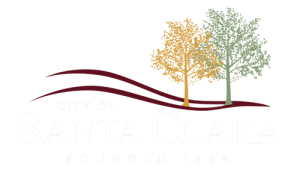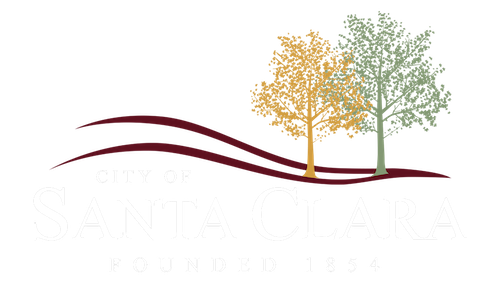Santa Clara History
Santa Clara’s rich history spans over 170 years, from its founding by Mormon pioneers in 1854 to its development as a thriving community that balances modern growth with historic preservation. Originally established as part of the Southern Indian Mission and later the Cotton Mission, Santa Clara has maintained its unique character as a small historic town within Washington County’s growing region.
Visit the Samuel R. Knight Santa Clara History Museum located in the basement of the town hall at 2603 Santa Clara Drive to explore artifacts, photographs, and exhibits that bring our community’s heritage to life. The museum is open Monday through Thursday from 2-5 pm and by appointment. Group tours are also available. For more information, visit https://santaclarahistorymuseum.com.

1776
Spanish Expedition
Pre-1776
Ancient Inhabitants


1854
Southern Indian Mission Founded
Early 1800s
Old Spanish Trail Era


1870s
Agricultural Development
1861
Cotton Mission and Town Plat


1900s
Industrial and Commercial Growth
1890s
Expansion and Education


1915
Town Incorporation
1910s
Infrastructure Development


1930s
Depression-Era Projects
1920s
Modern Communications and Transportation


1950s
Increasing Tourism
1940s
Wartime and Post-War Growth


1970’s
Interstate Bypass and Preservation
1960s
Historic Preservation Begins


City Hall Hours
Monday – Thursday:
8:00am – 5:00pm
Friday:
8:00am – 1:00pm
Justice Court Hours
Monday – Thursday:
8:00am – 5:00pm
Friday:
8:00am – 11:00am
After Hours Emergency
Please call the main line at 435-673-6712.
The after hours service will collect the necessary information and contact the proper department’s
on-call person.
